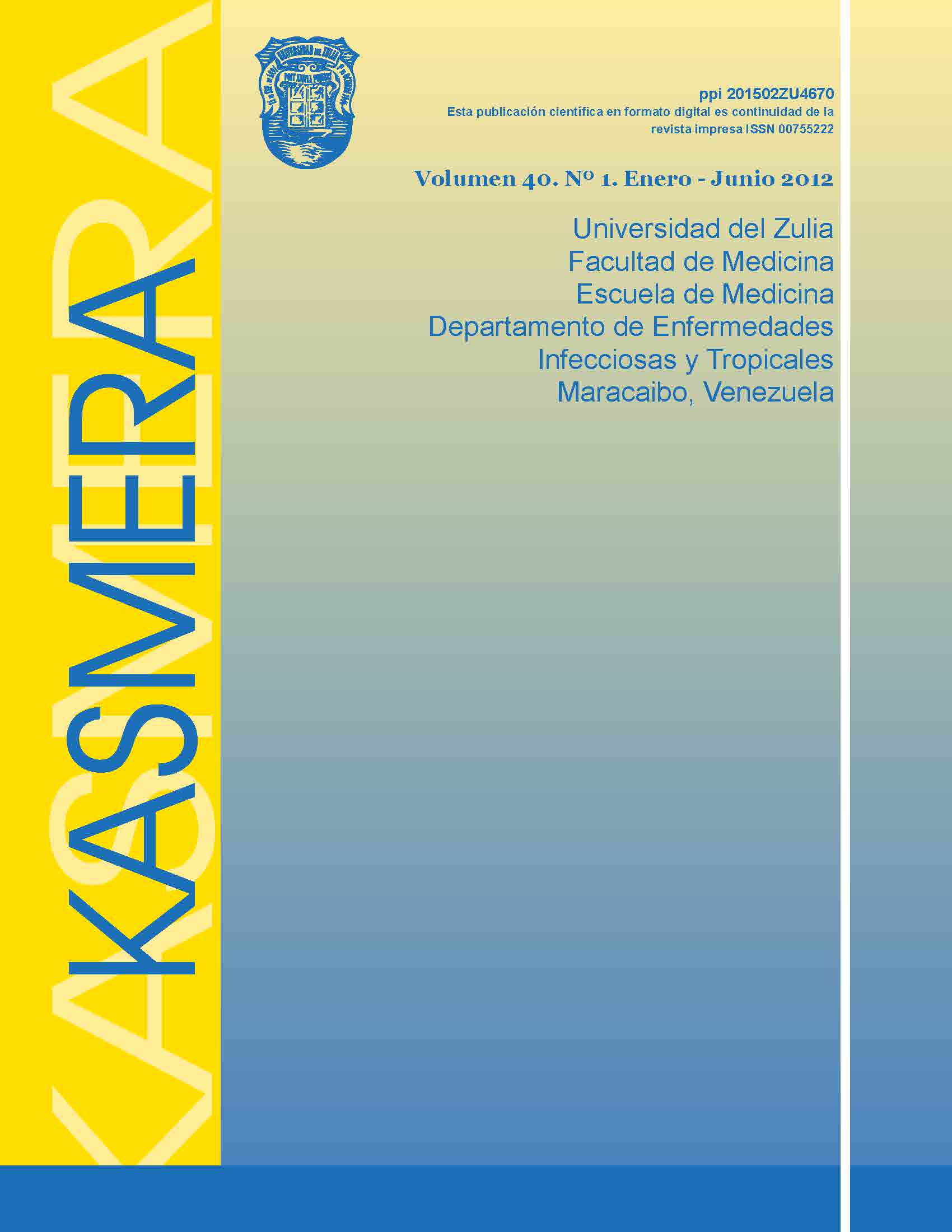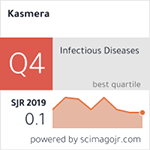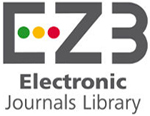Surface Mycosis in Athletes from the School of Education, University of Carabobo
Abstract
Dermatophytosis is one of the most common health problems worldwide, with greater incidence in tropical and subtropical countries, most often in males. Athletes are constantly predisposed to suffering from fungal infections due to the variability of individual and environmental conditions. The objective was to determine the prevalence of etiological agents causing superficial mycosis in athletes from the School of Educational Sciences at the University of Carabobo. The sample was represented by 71 athletes from different disciplines that had lesions suspected of being surface mycosis on skin and nails; a direct examination was made with KOH, adhesive tape and cultivation on Lactrimel agar. The obtained isolates were examined directly with lactophenol blue and microculture to identify the etiologic agent. It was found that 63.4% of the athletes had lesions by dermatophytes, identifying the species T. rubrum (23.9%), T. mentagrophytes (19.7%) and E. floccosum (19.7%); in 36.6% of lesions, the yeast Malassezia furfur (29.6%) and Malassezia ovalis (7.1%) were identified; males were the most affected. The findings are relevant because these agents take advantage of adverse conditions to colonize and cause lesions that could decrease athletic performance.
Copyright (c) 2012 Amarily Perelli, Vita Calzolaio, Emy González

This work is licensed under a Creative Commons Attribution-NonCommercial-ShareAlike 4.0 International License.
Kasmera journal is registered under a Creative Commons an Attribution-NonCommercial-ShareAlike 4.0 International (CC BY-NC-SA 4.0), available at: https://creativecommons.org/licenses/by-nc-sa/4.0/deed.en; which guarantees the freedom to share-copy and redistribute the material in any medium or format and adapt-remix, transform and build from the material, provided that the name of the authors, the Department of Infectious and Tropical Diseases, Zulia´s University and Kasmera Journal, you must also provide a link to the original document and indicate if changes have been made.
The Department of Infectious and Tropical Diseases, University of Zulia and Kasmera Journal do not retain the rights to published manuscript and the contents are the sole responsibility of the authors, who retain their moral, intellectual, privacy and publicity rights. The guarantee on the intervention of the manuscript (revision, correction of style, translation, layout) and its subsequent dissemination is granted through a license of use and not through a transfer of rights, which represents the Kasmera Journal and Department Infectious Diseases, University of Zulia are exempt from any liability that may arise from ethical misconduct by the authors.
Kasmera is considered a green SHERPA/RoMEO journal, that is, it allows self-archiving of both the pre-print (draft of a manuscript) and the post-print (the corrected and peer-reviewed version) and even the final version (layout as it will be published in the journal) both in personal repositories and in institutional and databases.











_pequeño1.png)

_pequeña.png)









_pequeña.png)




_pequeña.jpg)






